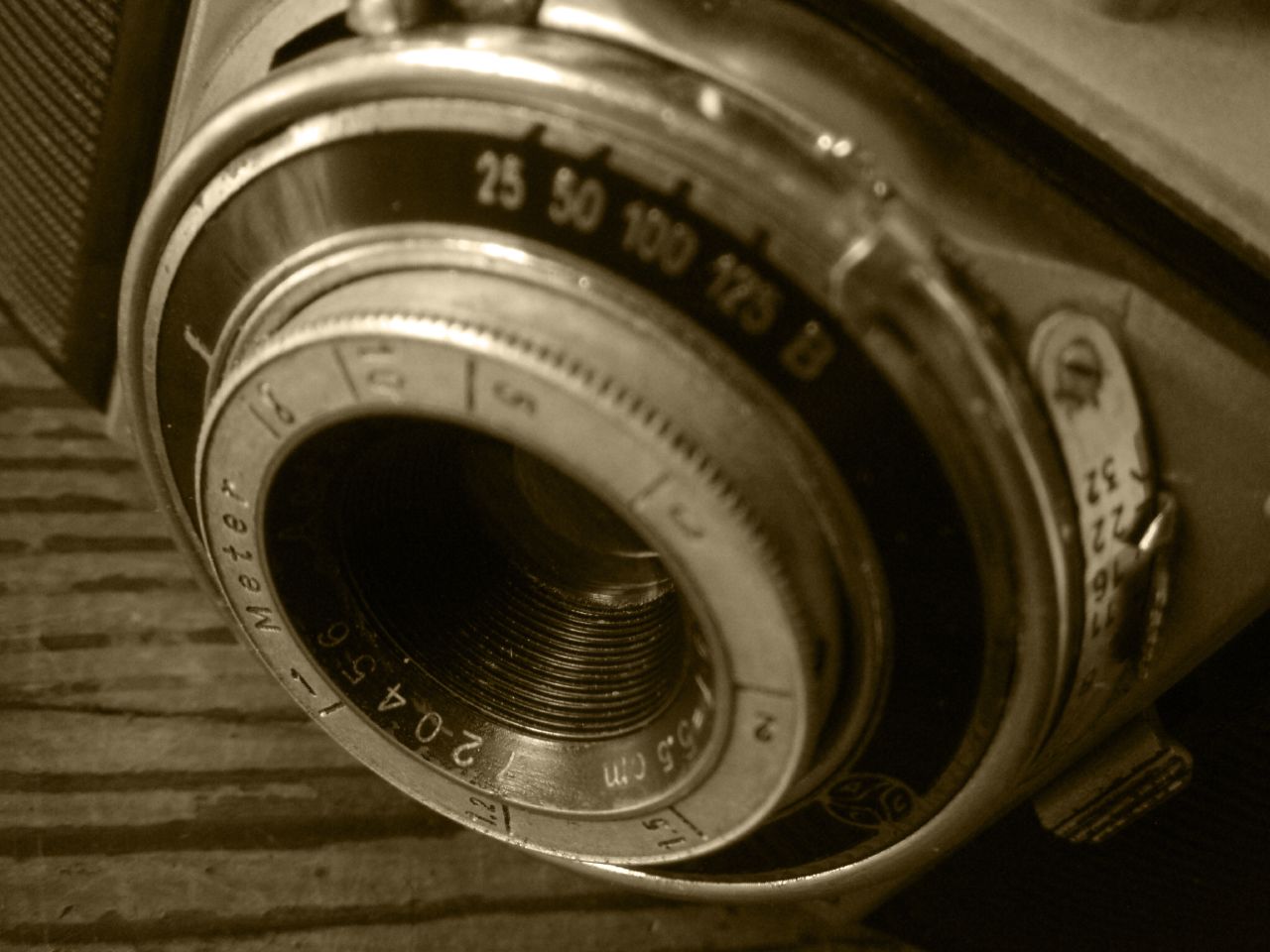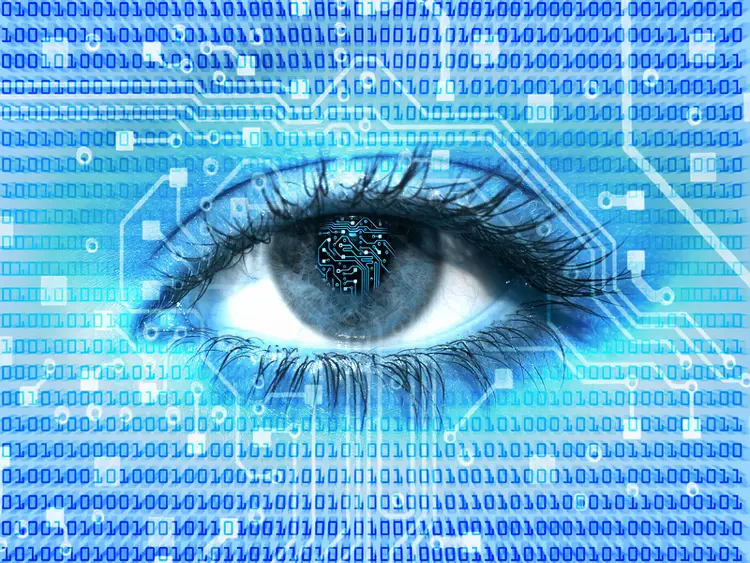Steganography, from the Greek, means covered or secret writing, and is a long-practiced form of hiding information. Although related to cryptography, they are not the same. Steganography's intent is to hide the existence of the message, while cryptography scrambles a message so that it cannot be understood.
More precisely,
"the goal of steganography is to hide messages inside other harmless messages in a way that does not allow any enemy to even detecta that there is a second secret message present."
Steganography includes a vast array of techniques for hiding messages in a variety of media. Among these methods are invisible links, microdots, digital signatures, covert channels and spread-spectrum communications. Today, thanks to modern technology, steganography is used on text, images, sound, and more.
The advantages of steganography is that it can be used to secretly transmit messages without the fact of the transmission being discovered. Often, using encryption might identify the sender or receiver as somebody with something to hide. For example, that picture of your cat could conceal the plans for your company's latest technical innovation.
However. steganography has a number od disadvantages as well. Unlike encryption, it generally requires a lot of overhead to hide a relatively few bits of information. However, there are ways around this. Also, once a steganographic system id discovered. it is rendered useless. This problem, too, can be overcome if the hidden data depends on some sort of key for its insertion and extraction.
In fact, it is common practice to encrypt the hidden message before placing it in the cover message. However, it should be noted that the hidden message does not need to be encrypted to qualify as steganography. The message itself can be in plain English and still be a hidden message. However, most steganographers like the extra layer of protection that encryption provides. If your hidden message is found, and then at least make it as protected as possible.





